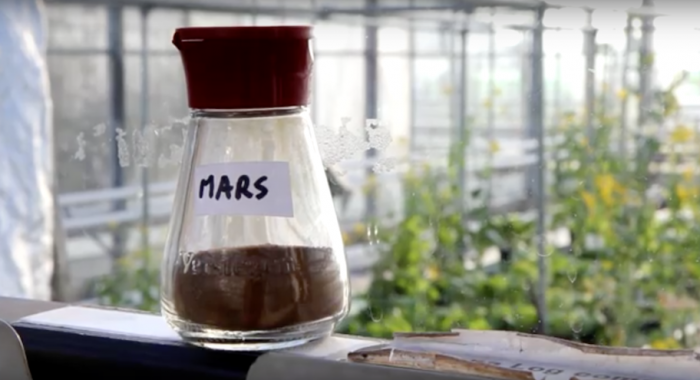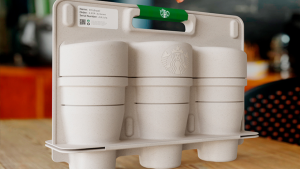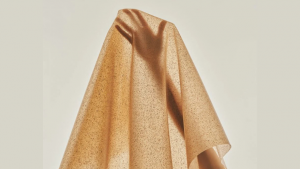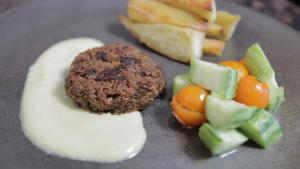From the Series

As climatic and environmental conditions on Earth deteriorate, humans (including Elon Musk at SpaceX and scientists at NASA) have started looking at Mars as the next viable option for the survival of mankind. Scientists at the Wageningen University in the Netherlands have been working on a way in which humans could actually survive on Mars. Since 2013, these scientists have been researching crop behaviour on the red planet; specifically testing the presence of heavy metals in the soil. Heavy metals have the potential of crop contamination, and if high levels are absorbed into the plant as it grows it could render it poisonous.
To date, the four of the ten cultivated crops have been tested for the presence of heavy metals, these include: radishes, rye, peas and tomatoes. There were no dangerous levels of copper, iron, manganese, zinc, arsenic, aluminium, cadmium, chrome, lead or nickel found in it. This means that the tested crops are safe for human consumption. Most notably, some of the crops tested showed results that were even healthier than those grown in regular soil found on Earth. , a senior ecologist at the Wageningen University, said: “These remarkable results are very promising. We can actually eat the radishes, peas, rye and tomatoes, and I am very curious what they will taste like.”
How the experiment worked
Ten different species of crop including rye, radish, pea, leek, spinach, garden rocket, tomato, cress, quinoa and chives were sown with Mars or moon soil simulant and Earth potting compost in trays. These soil aggregates mimic Mars and moon soil as closely as possible, with the Mars soil simulant originating from a Hawaiian volcano and the moon soil simulant from a desert in Arizona. The crops were grown in a glass house under consistent temperature, humidity and lighting conditions as well as under the Earth’s atmosphere. Said Dr Wamelink, “This is because we expect the first crop growth on Mars and moon will take place in underground rooms to protect the plants from the hostile environment, including cosmic radiation.”
This important milestone suggests that it may actually be possible for astronauts to grow their own food on alien planets. This is particularly insightful as NASA and Dutch business, Mars-One hope to take people to Mars in the next 10 to 15 years, and if that is true, they will stay for extended periods of time. They will need to eat, and what’s more practical than to grow your food locally?
Support the Martian crop growth
This very promising discovery has been turned into a crowd-funding project where you can get involved. Your contribution could be helping these scientists buy a 3kg bag of Martian soil that can produce one crop of peas, or you could be one of the first humans to eat a Martian dinner!







